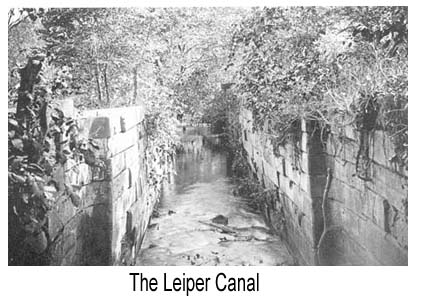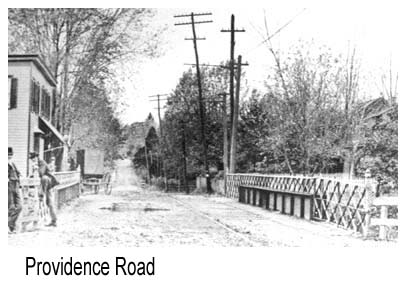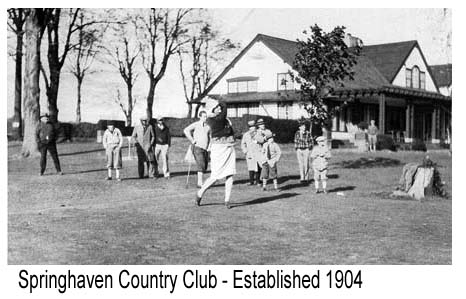History
Compiled by J. Mervyn Harris, Founder of The Nether Providence Historical Society
 Nether Providence enjoys a rich and fascinating history that spans more than three centuries. The first recorded inhabitants of what was to become Nether Providence Township were indigenous Native Americans of the Lenape tribe. They had been living in the area for five hundred years.
Nether Providence enjoys a rich and fascinating history that spans more than three centuries. The first recorded inhabitants of what was to become Nether Providence Township were indigenous Native Americans of the Lenape tribe. They had been living in the area for five hundred years.
With the coming of the Swedes in 1638, the Dutch in 1655, and finally the English in 1664, the Lenape started to move west around 1674 to avoid the new settlers. By 1740, there were very few Lenape remaining in the area.
On August 14, 1682, two months prior to William Penn’s landing, John Sharpless came to our area. Penn had given Sharpless a thousand-acre tract. Sharpless chose to settle on a section of that tract near Ridley Creek in Nether Providence. Finding a large rock adjacent to the creek, he built a log cabin around it, using it as the back wall of the fireplace. The cabin is gone, but the rock with carved initials J. S. and the date of 1682 can still be seen in its original location.
Sharpless’ house, which he named Wolley Stille, was completed in 1700. It is the oldest occupied house in the township.
By the time William Penn arrived in Chester, there were several small settlements in the area, which became known as Providence Township. Providence Township comprised today’s Nether Providence, Rose Valley, Media, and Upper Providence. 
On October 17, 1683, the residents of Providence Township petitioned the Court of Chester County, of which they were then a part, to establish a road from Providence to Chester. The court approved the creation of Providence Great Road (now Route 252).
Over the centuries, Nether Providence went through four distinct phases: from farming, to manufacturing, to resort, and finally, to residential community.
Farming flourished in Nether Providence for decades. By 1729, the area was producing sufficient crops to allow exporting to New England, Canada, and Europe.
There were fourteen major mill complexes in Nether Providence — six on Crum Creek and eight on Ridley Creek. The first, a cotton mill along Crum Creek, was started by Thomas Allen in 1763. Mr. Allen came from Wallingford, England and named his mill for his hometown. Because of the mill’s prominence, the locals began to call the entire area Wallingford.
The mills played an essential part in the growth of Nether Providence. In addition to hundreds of employees (men, women, and children), hundreds more were employed in occupations ancillary to the mills – as stable hands, teamsters, smiths, tailors, and carpenters. They lived in the self-contained villages that grew up around the mills.
After the Civil War, the landscape of the township began to change. As wealthy Philadelphians discovered the lush scenery, delightful breezes, and large open spaces, they descended on Nether Providence, building summer residences and vacation resorts.
The first train came to our town in 1854. It used a single track with a sidetrack at Wallingford. The first post office in Nether Providence was established at Hinkson’s Corner in 1873. Trolleys also contributed to the area’s development. The first independent trolley was the Chester and Media Electric Railway, chartered in 1892. The trolley began to disappear in the 1930s, and the last trolley passed into history in 1938.
Other notable events in the township’s history include:
- The first school started in 1810.
- Nether Providence School District was formed in 1856; it merged with the Swarthmore School District in 1984, creating the Wallingford Swarthmore School District.
- Furness Library was founded in 1902
- South Media Fire Company was organized in 1922 and Garden City Fire Company in 1944.
- The Police Department was established in 1935.
- Automobile parking was regulated in 1947 and speed in 1949.
More information on the history of our township is available through The Nether Providence Historical Society atwww.delcohistory.org/nphs/.